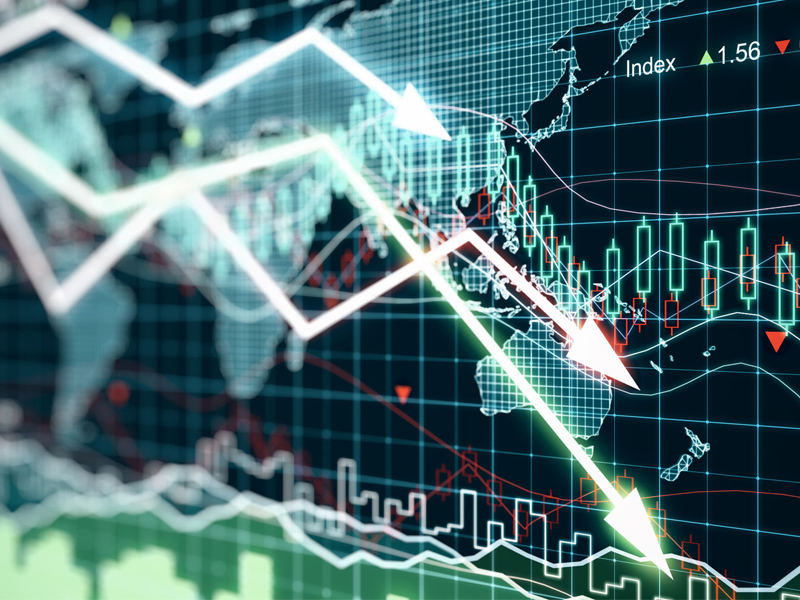
As ETFs continue to rise in popularity, oft-repeated myths can gain traction despite a clear lack of evidence to support them. To help create a more accurate picture of the role ETFs play in today’s market environment, it’s time to dispel an old — yet lingering — myth: ETFs could one day cause a market crash.
This erroneous belief stems, in part, from the rapid growth of ETFs as an accessible investment vehicle. At the end of June, there was $181.3 billion in assets invested in more than 650 Canadian-listed ETFs. As this number continues to grow, we believe it is increasingly important to ensure advisors and investors have the information they need to make informed decisions about their portfolios.
Cause or effect?
ETFs, like stocks, are market dependent. When macroeconomic events, investor sentiment or other factors cause market fluctuations, ETFs move with the market. As Kevin Gopaul, board chair of the Canadian ETF Association and head of BMO Global Asset Management, Canada, says: “ETFs are priced based on their underlying portfolios — not the other way around.”
When market volatility increases, ETF trading tends to increase as well. This has caused some observers to argue that ETFs cause the volatility and distort the price of their underlying securities.
To debunk the notion that a higher volume of similar trades means ETFs distort pricing, WisdomTree makes the following comparison: “To say that ETFs are the cause of behavioral biases that create bubbles or market distortions is akin to saying that internet travel websites create hotel or airline bookings. If you will be travelling to Los Angeles, you will book travel, whether the internet exists or not.”
Simply put, when ETF prices fluctuate, it should be considered a symptom of market volatility, not a cause.
Size and structure
While it’s true that the ETF market is growing rapidly across the globe, it is still small relative to the total securities market. In Canada, ETFs represent 9.9% of investment fund assets, and they make up roughly 5% of global equity markets.
ETFs provide investors with easier, cost-effective access to markets and this has increased trading activity overall, but the buying and selling associated with ETFs is still a fraction of the total market. Today, and in any imaginable future, it is the broader market that drives prices. Inflating the power of ETFs to suggest they cause market instability isn’t credible.
Markets are complex, with many players and intricate parts. Market crashes occurred both before the advent of ETFs and during their rise in popularity. History shows that human behaviour is at the heart of every market crash, from the Great Depression to the tech bubble to the global financial crisis of 2008. None of these events was caused by one factor or one type of security.
ETFs are an investment vehicle, and the investment vehicle itself does not have influence over broader market fluctuations.
Breaking it down
The myth that ETFs could cause or exacerbate market volatility is debunked by three key characteristics.
Transparency. ETFs are traded throughout the day on a stock exchange. Because pricing, and therefore investor sentiment, is visible at all times, ETFs can sometimes reflect price drops before they are visible in an underlying security. It may appear that ETFs are causing the drop, but they are merely reflecting market sentiment.
Liquidity. When the price of an ETF falls, market makers can attempt to take advantage of the price difference between the ETF shares and the price of its underlying assets by buying the ETF and selling the underlying assets. This trading is a response to market shifts, not a cause of them. This arbitrage can also increase liquidity and help curb price volatility by bringing ETF share prices back in tandem with their underlying holdings.
Market size. The ETF market is growing rapidly, but remains a relatively small portion of the overall market. The impact of ETFs is much less than that of other, larger market elements.
